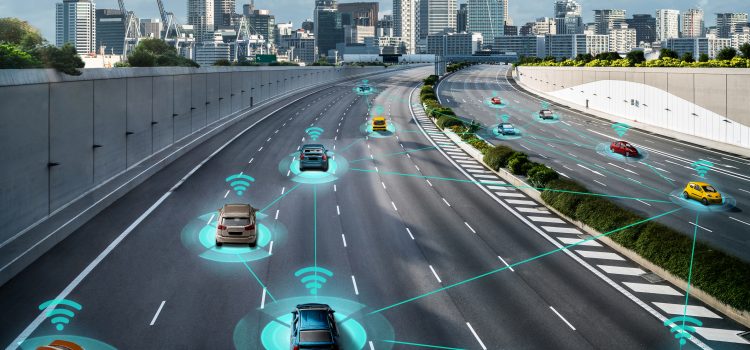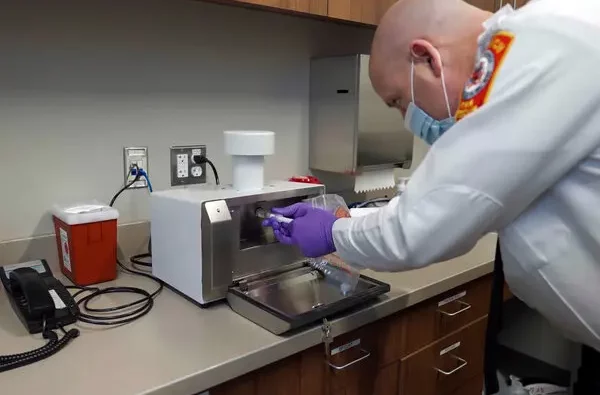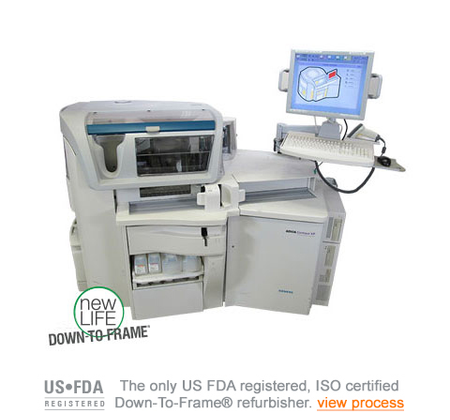
Autonomous vehicles, often referred to as self-driving cars, are transforming the way we think about personal and commercial transportation. This comprehensive guide delves into the intricacies of autonomous vehicle technology, its current state, and its future potential to revolutionize travel.
What Are Autonomous Vehicles ?
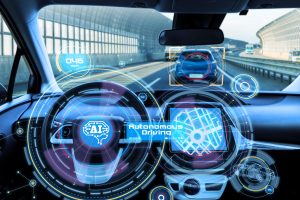
Autonomous vehicles are sophisticated pieces of technology equipped with advanced systems that allow them to navigate and operate without human intervention. These vehicles use a combination of sensors, cameras, radar, and artificial intelligence (AI) to perceive their environment, make decisions, and navigate roads safely.
Key Components of Autonomous Vehicles
Sensors and Cameras:
Serve as the eyes of the vehicle, providing real time data on the surrounding environment.
Radar Systems:
Detect the distance and speed of objects around the vehicle.
Artificial Intelligence:
Processes the data from sensors and cameras to make driving decisions.
GPS and Navigation Systems:
Offer precise location and routing information.
Levels of Autonomous Vehicles
The Society of Automotive Engineers (SAE) defines six levels of autonomy, from Level 0 (no automation) to Level 5 (full automation):
1. Level 0 (No Automation):
The human driver performs all driving tasks.
2. Level 1 (Driver Assistance):
The vehicle can control either steering or acceleration/deceleration, but not both simultaneously.
3. Level 2 (Partial Automation):
The vehicle can control both steering and acceleration/deceleration under certain conditions.
4. Level 3 (Conditional Automation):
The vehicle can perform all driving tasks under certain conditions, but human intervention is required when called upon.
5. Level 4 (High Automation):
The vehicle can perform all driving tasks and monitor the driving environment in certain conditions without human intervention.
6. Level 5 (Full Automation):
The vehicle can perform all driving tasks under all conditions without human intervention.
The Impact of Autonomous Vehicles
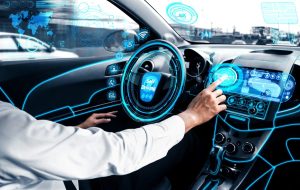
Autonomous vehicles hold the promise of drastically reducing traffic accidents, which are predominantly caused by human error. They also aim to enhance mobility for those unable to drive, reduce traffic congestion through efficient routing, and decrease pollution with the adoption of electric self driving cars.
Economic and Social Implications
The widespread adoption of autonomous vehicles could lead to significant economic shifts, including changes in the job market, insurance, and urban planning. Socially, these vehicles offer the potential for more accessible transportation options for the elderly and disabled.
The Future of Autonomous Vehicles
As technology advances, the transition to higher levels of autonomy becomes increasingly feasible. Innovations in AI, machine learning, and sensor technology continue to push the boundaries of what autonomous vehicles can achieve.
Autonomous Vehicles Challenges and Considerations
Safety and Security: Ensuring the safety of passengers and data security remains a top priority.
Legislation and Regulation: Developing comprehensive laws and regulations that govern the use and deployment of autonomous vehicles is crucial.
Public Acceptance: Building trust in autonomous vehicle technology is essential for widespread adoption.
Here’s a table that corresponds to the stages in the diagram “The Evolution of Autonomous Vehicle Technology” :
| Stage | Description |
| Non-Automated Vehicles | Traditional vehicles where the driver is fully responsible for all driving tasks and decision-making. |
| Driver Assistance Systems | Vehicles equipped with features like adaptive cruise control and lane-keeping assist to aid the driver. |
| Partial Automation | Vehicles can autonomously perform some driving tasks but still require driver monitoring and control. |
| Conditional Automation | Vehicles handle most driving tasks autonomously under specific conditions; the driver must be ready to take over. |
| High Automation | Vehicles can perform all driving tasks autonomously in most conditions, with human intervention needed only occasionally. |
| Full Automation | Vehicles operate completely without human input in all conditions, providing full autonomy in driving tasks. |
| The Future of Transportation | Envisions a future where fully automated vehicles transform travel with enhanced safety, efficiency, and accessibility. |
This diagram illustrates the progressive evolution of vehicle technology from nonautomated vehicles to the future of fully automated transportation, highlighting the transformative impact of autonomous vehicles on the way we travel.
By embracing the advancements in autonomous vehicle technology, we stand on the brink of a new era in transportation, marked by unprecedented safety, efficiency, and accessibility. The journey towards this future is not without its challenges, but the potential rewards promise to redefine our relationship with travel.
Conclusion
Autonomous vehicles represent a significant leap forward in transportation technology, offering the potential for safer, more efficient, and accessible travel. As we navigate the challenges and opportunities presented by this innovation, the future of autonomous vehicles promises to reshape our roads and societies in profound ways.








